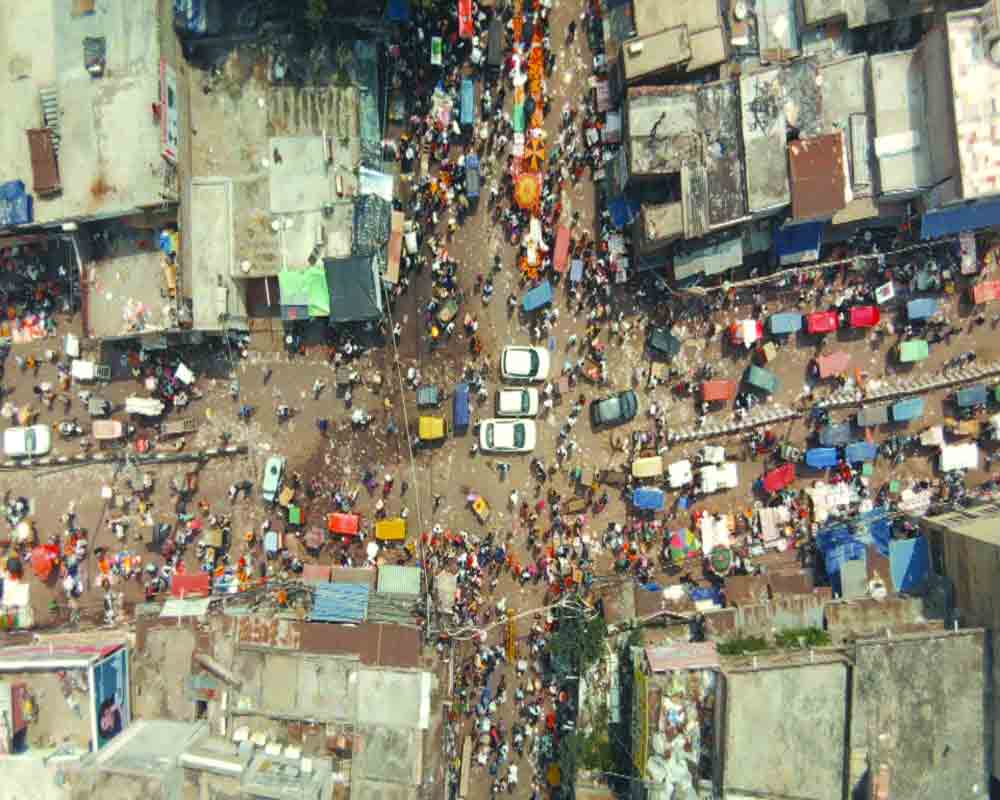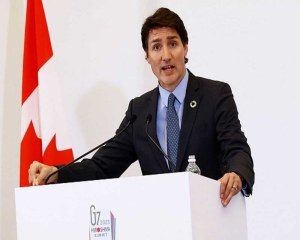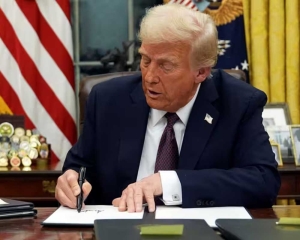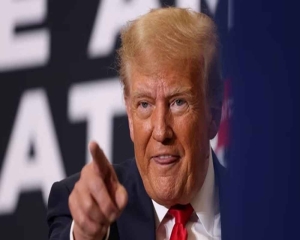Filmmaker Rahul Jain explores the dramatic consequences of India’s growing economy through Invisible Demons, which captures not just a city in crisis but magnifies our collective climate realities. By Ayushi Sharma
In a sprawling megacity where the dangers of climate change are present right here, right now and not in some distant future, filmmaker Rahul Jain shows our world on the brink. Told through striking images and eye-opening accounts from everyday citizens, his documentary, Invisible Demons — which recently had its world premiere at Cannes 2021 in the ‘Cinema For The Climate’ section — delivers a visceral and immersive journey through the stories of Delhi’s 30 million inhabitants fighting to survive. Jain engages the senses by directly stimulating our desire to live in a world with equitable access to clean air and water.
Conceived while he was still a student at the California Institute of the Arts, Jain’s debut feature, Machines, was screened at the Sundance Film Festival in 2017. The documentary, which chronicled the gruelling conditions workers endure inside a textile factory in Gujarat, captivated the festival’s audience all across the world. Following the success of his first project, Jain returned to college to pursue a Master’s degree in Aesthetics and Politics. It was during this time that he started to think about the visual representation of the anthropocene (the current geological age, viewed as the period during which human activity has been the dominant influence on climate and the environment). His thesis centered on the intersection between cinema and this relevant concept.
He says, “Even for my thesis, I wrote on Anthropocene and Cinema. I was trying to find a way to depict the relationship between humans and nature and what will happen if that relationship ends. I was exploring how artistes in the last 100 years of filmmaking have been able to communicate our species’ relationship to the natural world. I gradually learned that it’s not about how the world is right now, but what it used to be and what we have lost.”
He has been deeply concerned about these things his whole life but didn’t know what to do about them. By the time he finished his education, he had lived in the US for a decade. He chose to return to India to pursue a personal undertaking, which eventually became Invisible Demons. Initially, he thought that returning home would reconnect him with his family and the land itself. Soon, however, he became consumed with working on his sophomore effort day in and day out.
But how did he conceptualise it? He tells us that even before when he decided to be a filmmaker, he was concerned about the natural world and the biosphere. He still recalls answering this question as a teenager, “‘What do you want to do when you grow up?’ I used to say that I want to do something related to the environment. And I studied environmental and areological engineering in my first year of college but I failed miserably. I couldn’t really deal with numbers. So yes, I was subconsciously already trying to do something about this as a younger person.”
Jain admits that he was terrified of going back to Delhi, where he grew up. Throughout his childhood, he didn’t engage with his surroundings — whether natural or urban — and spent most of his time indoors. In a sense, he was a stranger to his own hometown. It was only after his time in California, where his friends introduced him to the local diversity, that his relationship with the environment changed.
“As a student in California, I was blessed enough to have a few gems as my friends who introduced me to the diversity of the place within a 100 kilometres radius. You have oceans, forests, mountains, deserts, everything combined. Going there made me feel like, ‘whoa! What is this is place?’ It definitely made me come one step closer to nature. And at the same time, I remember, everybody around me was concerned about climate change, the rising levels of pollution, global warming et al,” shares he and adds, “After some time, I went to Bhutan and on my way back, I saw Delhi and its surrounding region enveloped and shrouded in a thick white mist. When I landed at the airport, I immediately fell sick. I felt like a genie was choking me and it was really unbearable. I know it’s such a naive perspective to talk about your great life — landing from Bhutan in an airplane and then just complaining about ‘oh life is so bad here’. But this really moved me a lot. I, at least, had the option of leaving the place and settling somewhere else, but what about other people who have been living there for ages? They can’t leave, and it was the same thought that came while I was filming Machines.”
This forced him to carve his feelings into something more concrete. As he considered this project, Delhi was repeatedly in the news as the world’s most polluted city, revealing his hometown as the perfect container for his vision. Tackling climate change globally would have been too large a task to manage. While troubling, Delhi provided the canvas he needed to achieve his goals.
Given the number of films made about climate change and other environmental issues in recent years, his goal was to produce a project that went beyond the headlines. He wanted to resonate this project with people on a visceral level. Rather than making informational content the basis of his work, he’d strive for evocative filmmaking.
The filmmaker shares, “You know, when you’re young — I don’t mean as a child, but somebody like me at the time when I was working on this project — you try to find a purpose of your life. It has to be derived from something deeper. I don’t know how else to put it but my purpose was, maybe, wanting to use the privilege that I have; being the hands, the legs, and the eyes for the victims; use my spirit to find a way to express their suffering. I don’t know if a film can explicitly change anything, but it, indeed, changes the way one thinks. It just sits somewhere in your subconscious mind.”
Despite feeling like an alien in his birthplace, this was a process of endearment for him. Still, there’s no denying that reacclimating to Delhi was a physical challenge. The taxing heat and humidity took a toll on him. Working 12-hours, Jain and his team would film in two or three different locations each day. Mobility, in a city of 30 million people and three and a half million cars, was one of the most challenging aspects of the production. Half of the time they had allocated to shoot was spent in traffic.
He says, “I didn’t want to make another film grounded on informational overload because for the average person numbers alone don’t have real value. Therefore, my focus became the first-hand experiences of those working and living in Delhi.” He refused to make scientists the loudest voices.
He was aware of the possibility of pushback, not only from the Indian government but also from the public at large, because Western media has always portrayed India through poverty and extreme religious behaviours. With affection and understanding for the city he grew up in, Jain approached the film with nuance pointing his camera not only at his hometown but also at himself. Born into a financially privileged family, he also addresses his reality as someone not directly affected by the conditions in Delhi. To make his story a part of Invisible Demons, he, along with the producers, decided to use voiceover narration. His role in the narrative is crucial because he is familiar with the country and the culture. At the same time, however, he has an outsider’s point of view coming back to Delhi after being away for a few years.
He tells us, “This film addresses how people with greater financial means have tried to avoid dealing with climate change. If there’s a heatwave, they invest in air conditioning. If the water is polluted, they buy a filter. Eventually, however, the effects become inescapable.”
Now, the question arises — Can such realistic films impact people’s mindsets and make them start acting towards becoming more responsible citizens? Jain narrates one incident, “Trust me, the day I landed from Bhutan, the threat became existential. I can still recall the day when I met my family doctor, somebody with whom I have a close relationship with, he was crying because his wife was sick. I consoled him and said, ‘you’re a doctor, you can provide the best treatment to her’. He said, ‘What do you want me to do? How do I create a sterilised environment for her?’ When a doctor, who knows the ins and outs of a human body, had given up hopes to save somebody so close to him, that’s when you know things are really bad.”
“In Delhi, there are these billboards cajoling you to buy your dream palace, and you see them while you’re stuck in a traffic jam. There’s a shot of this in the film, which is promising people a sterilised place while you’re stuck in the extremely smoggy morning during winter. It’s so sickening. It’s like saying, ‘we’re going to find a way to ruin your lives, and then we will offer you a solution that you can buy to get out of this situation’,” he adds.
Jain’s work is a natural extension of the things he is passionate about. Therefore, the impact of Invisible Demons is the key for him.
























